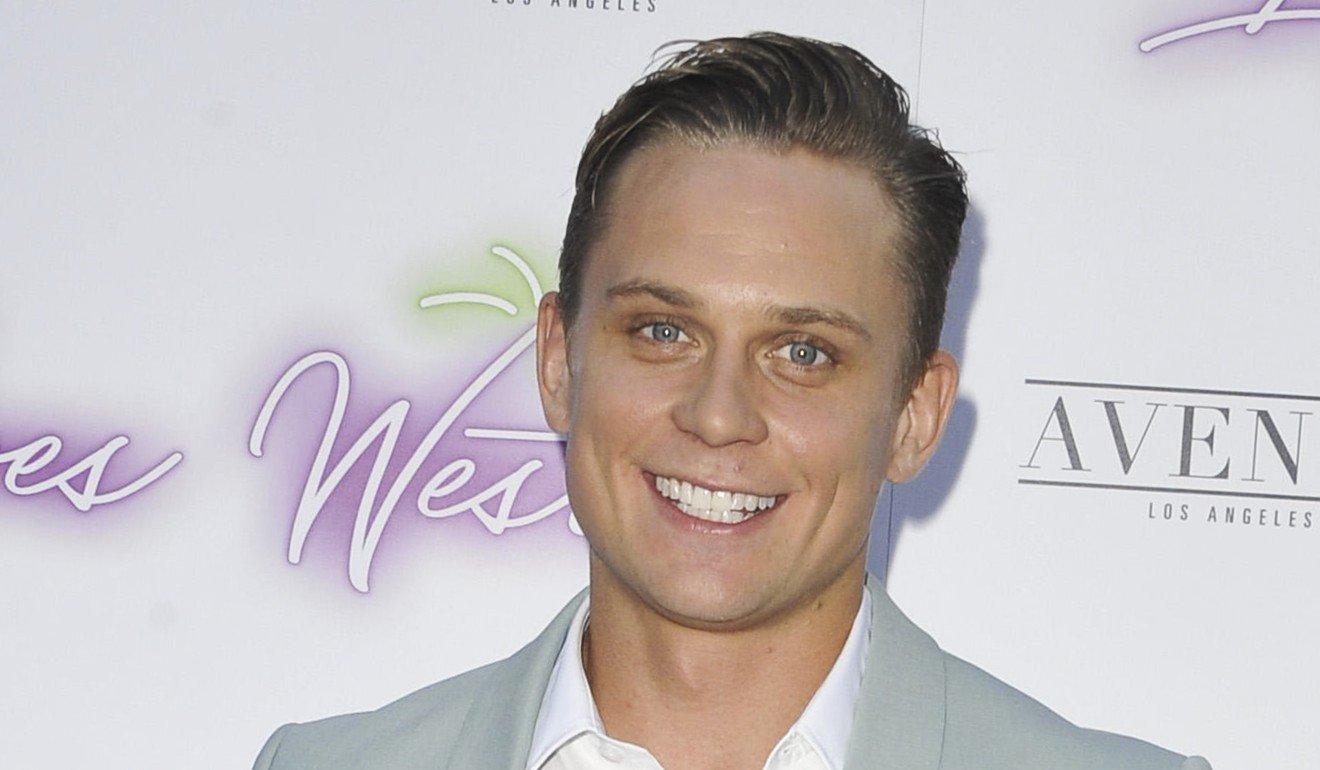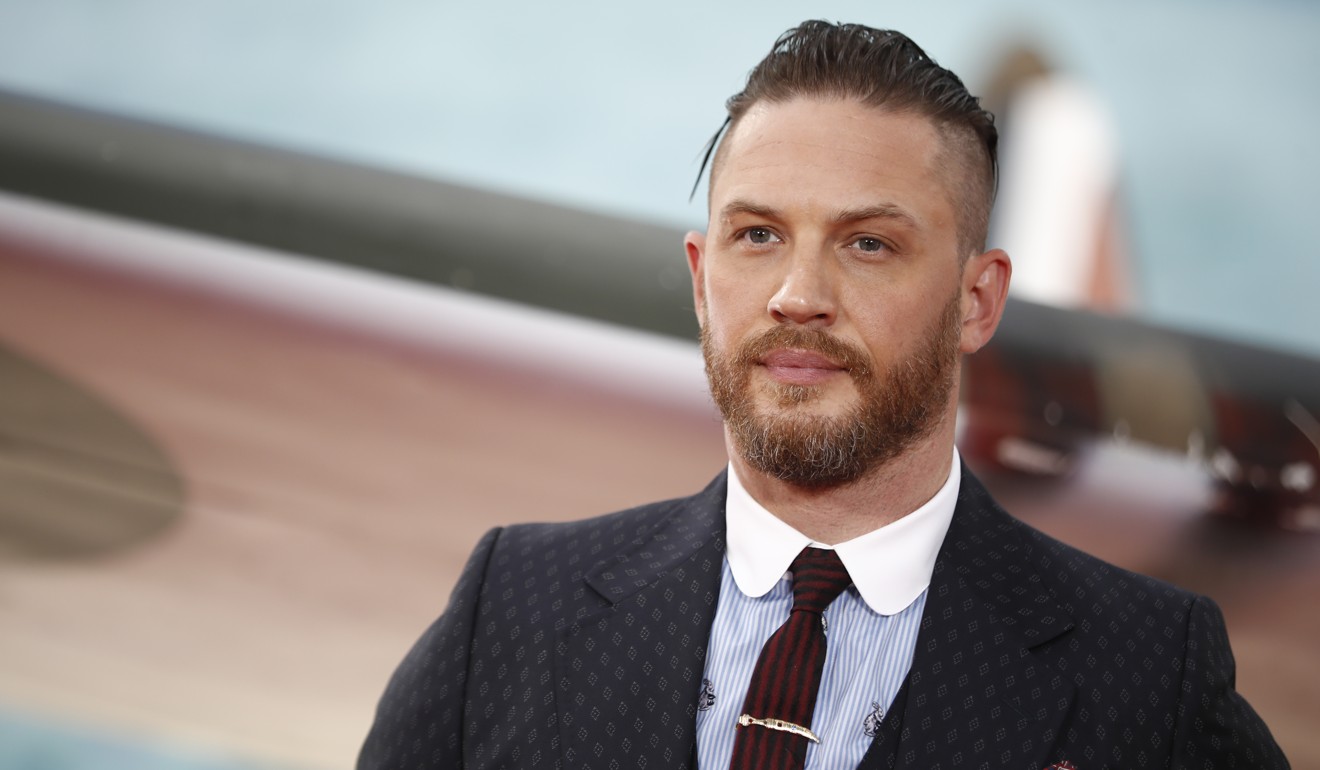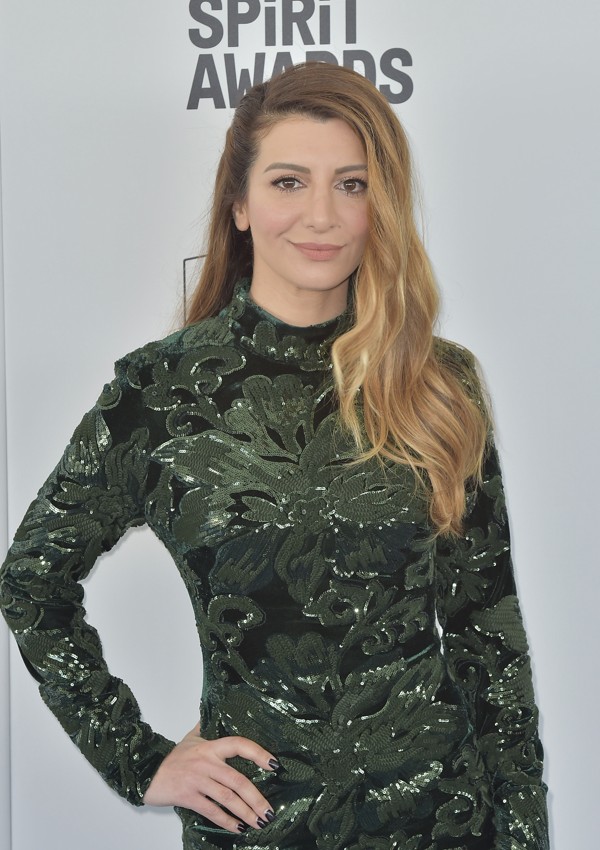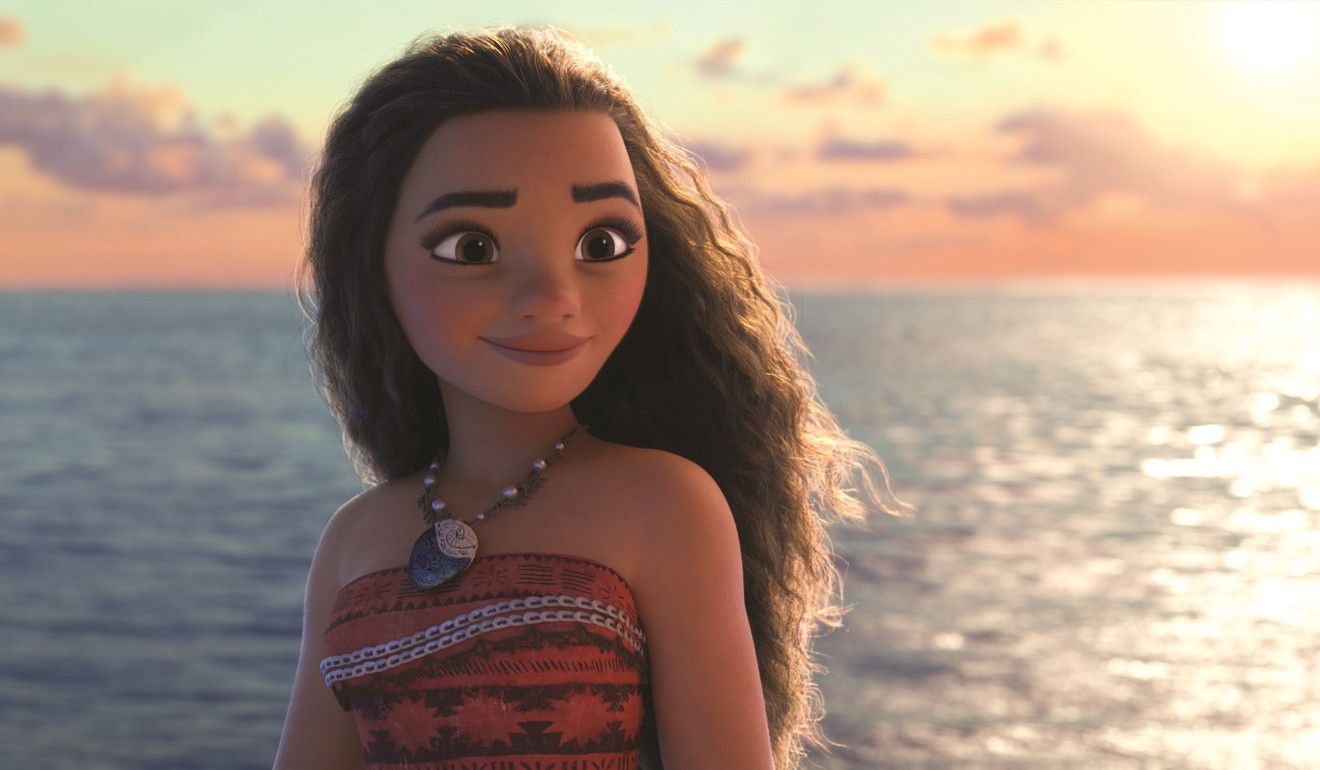
Disney just cast Birth of the Dragon’s white actor to play a new character in Aladdin. Not everyone is pleased
Billy Magnussen, who earned notoriety playing white character who upstaged Bruce Lee in biopic of martial arts legend, joins cast of Aladdin remake, which critics of recent Hollywood ‘whitewashing’ are watching closely
Disney has been busy making live-action versions of beloved animated classics, and perhaps none has been as closely watched – and criticised – as Aladdin.

The latest blowback started after the Hollywood Reporter reported this week that Billy Magnussen is joining the cast to play a new character that wasn’t in the 1992 animated version. (Incidentally, the actor was most recently seen in US cinemas in the Bruce Lee film Birth of the Dragon, in which his role was belatedly reduced after the film drew accusations of “whitewashing” at last year’s Toronto film festival.)
Much of the scrutiny over how Disney would handle remaking Aladdin has centred around casting choices, fuelled by increased attention in Hollywood on “whitewashing” – the casting of white actors to play non-white characters – and the representation of racial minorities and women on screen.

First came reports that director Guy Ritchie was hoping to snag British actor Tom Hardy to play Jafar. Stories emerged that Ritchie and the studio were having trouble finding leads of Middle Eastern or Indian descent during a worldwide casting search – sparking scepticism among fans and critics, who took such claims as pre-emptive excuse-making for casting white actors.

Disney avoided the likely firestorm when it cast Mena Massoud for the title role. The Egyptian-born Canadian actor, a relative newcomer, is joined by Marwan Kenzari as Jafar and Naomi Scott as Princess Jasmine. The biggest star, Will Smith, will play Genie.
Filmmakers previously added another new character to their live-action remake – Mara, a handmaiden and friend to Jasmine – but that didn’t draw much negative attention, probably because the original Aladdin only had one notable female character, so adding another would help lessen that disparity. Plus, Mara is played by Saturday Night Live alum Nasim Pedrad, an Iranian-American actress.
But the news of Magnussen’s addition was met by critics on social media and some sites, who viewed the move as Disney going out of its way to find a way to add a white actor to the cast.
Details about Magnussen’s role are slim, including how big or small it is. But the outcry comes a week after Ed Skrein relinquished his role in the Hellboy reboot following a whitewashing controversy. Skrein said in a statement that he wasn’t aware of his character’s Asian heritage.
“It is clear that representing this character in a culturally accurate way holds significance for people, and that to neglect this responsibility would continue a worrying tendency to obscure ethnic minority stories and voices in the Arts,” the white British actor posted on social media. “I feel it is important to honour and respect that.”

The original Aladdin was loosely based on a story in One Thousand and One Nights, a collection of medieval Middle Eastern folk tales. Aladdin and the Wonderful Lamp wasn’t in the original Arabic-language versions, but was added later by a European translator who related the tale he had heard from a young Syrian.
There’s some debate as to the ethnic origin of the characters and the setting in the source material of the Aladdin story (the names and identities of the characters seem to indicate they were Muslim and from the Middle East, while the story mentions a city in China).

But the animated Disney version used brown characters and a backdrop resembling the Middle East. White actors voiced most of the characters. The final product was criticised for using ethnic stereotypes. Disney even changed lyrics to its opening song after protests from the American-Arab Anti-Discrimination Committee.
Remaking Aladdin presents an opportunity for Disney to atone for those past mistakes. And the company has shown it’s capable of doing so. It received praise for how it made Moana, from casting Pacific Islander leads to consulting an Oceanic Trust of scholars to get the story culturally right. The result was a critical and commercial success that was lauded as an example of how to tell excellent, diverse stories.
It’s far too early to tell whether the same will be true of Aladdin, but Disney can be assured that the public is paying attention either way.

